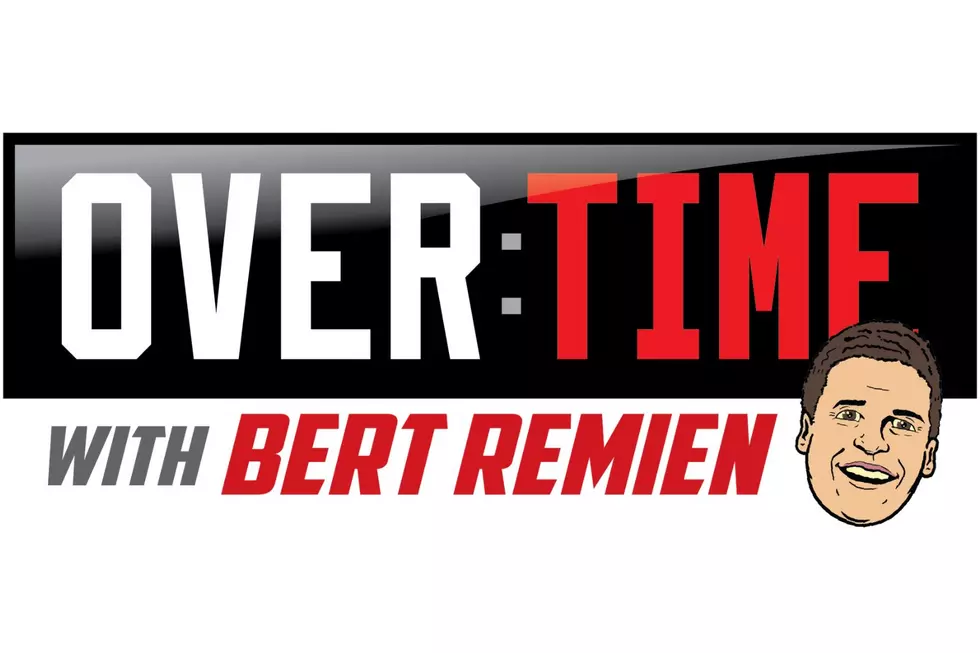
Chances of Hitting ‘Bambi’ High in South Dakota but Dropping
(NPN) – Chances of hitting “Bambi” while on South Dakota’s roads have decreased but are still high compared to the rest of the United States, according auto insurer State Farm.
South Dakota dropped from the third highest to the fourth highest rate of deer-vehicle collisions nationally. State Farm calculated that a motorist has a 1 in 75 chance of striking a deer over the next 12 months on S.D. roads.
Nationally, the rate is 1 in 174, an improvement over last year’s 1 in 167. Thus, the odds that an individual driver in the United States will crash into a deer during the next year have declined by 4.3 percent.
While still among the worst states for deer strikes, S.D.’s collision rate improved 12.6 percent over last year.
According to the insurer, S.D. is in one of the 41 states where a driver is most likely to hit a deer.
Using its claims data and state licensed driver counts from the Federal Highway Administration, STATE FARM, the nation's leading auto insurer, calculated the chances of any individual motorist striking a deer.
Among the 41 states where these confrontations are most likely, the decline in probability is particularly notable in North Dakota (24.8 percent) and Nebraska (22.0 percent). Michigan had the fourth largest descent (11.4 percent). Kansas (11.3 percent decline) rounds out the top five.
For the seventh year in a row, deer-vehicle confrontations are most probable in West Virginia. The chances of any particular licensed driver in that state hitting a deer between now and a year from now are 1 in 41. That's an 8.3 percent improvement from the West Virginia likelihood ratio of a year ago.
Montana, (1 in 65) remains second on the likelihood list. Iowa (1 in 73) moves up one spot to third. Pennsylvania (1 in 77) is still fifth. In each of the top five states, the probability of a deer-related collision for any given vehicle is less than it was a year ago.
The state in which deer-vehicle mishaps are least likely is still Hawaii (1 in 6,787). The odds of a driver in Hawaii colliding with a deer between now and 12 months from now are approximately equal to the odds of a middle-of-the-pack National Football League team running off 13 wins in a row.
State Farm estimates 1.22 million collisions caused by the presence of deer between July 1, 2012 and June 30, 2013, a 3.5 percent decrease from a year ago.
And while the number of deer-related collisions in the U.S. over the last five years has increased by 2.0 percent, accounting for the increase in the number of drivers on the nation's roadways over that period, the likelihood of any one of those drivers being the victim of a deer-vehicle confrontation has dropped 2.5 percent.
"This data is encouraging," said Chris Mullen, Director-Strategic Resources. "We would like to think the attention we call to this issue each fall has had an impact. Obviously there are other factors at play as well."
State Farm's data show that November, the heart of the deer hunting and mating seasons, is the month during which deer-vehicle encounters are most likely. Approximately 18 percent of all such mishaps take place during the 30 days of November.
Deer-vehicle collisions are three times more likely to occur on a day in November than they are on any day between Feb. 1 and Aug. 31. October is the second most likely month for a crash involving a deer and a vehicle. December is third.
The average property damage cost of these incidents during the final half of 2012 and the first half of 2013 was $3,414, up 3.3 percent from the year before.
More From KSOO-AM / ESPN Sioux Falls









